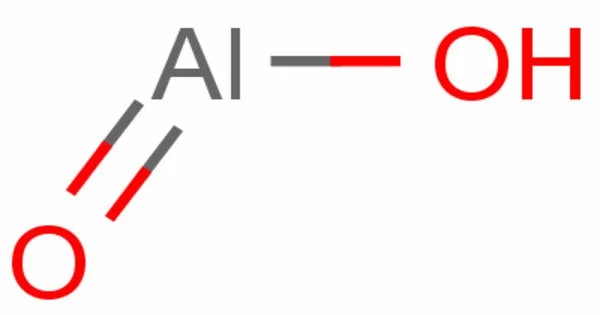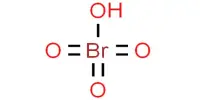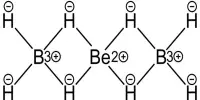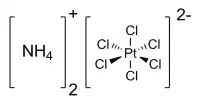Aluminium hydroxide oxide, also known as aluminium oxyhydroxide, AlO(OH), is found as one of two well-defined crystalline phases, which are also known as the minerals boehmite and diaspore. The minerals are important components of the aluminum ore, bauxite. It belongs to the group of aluminium hydroxides and the group of aluminium oxides.
It can be found in nature as the mineral gibbsite and its polymorphs doyleite, nordstrandite, and bayerite. It’s an amorphous powder white. It is insoluble in water but soluble in alkaline and acidic solutions.
Properties
Aluminium hydroxide oxide is an amphoteric compound, which means that it can act as both an acid and a base. It can react with both acids and bases to form different products. In terms of its physical properties, aluminium hydroxide oxide is a white powder that is insoluble in water. It is commonly used as an adsorbent, a filler, and as a component in antacids and other pharmaceuticals. It is also used in the production of ceramics, in water treatment processes, and in the manufacture of other aluminium compounds.
- Chemical formula: AlHO2
- Molar mass: 59.988 g·mol−1
- Density: 3.01 g/cm3
- Molecular weight: 78.00 g/mol
- Flashpoint: Non-flammable
- Melting Point: 300 °C
Production
The Bayer process produces commercially used aluminium hydroxide. It is accomplished by dissolving bauxite in sodium hydroxide solution at temperatures ranging from 0 to 270 °C. After removing the waste, the sodium aluminate solution is allowed to precipitate. As a result, the precipitate formed is aluminium hydroxide. Calcination can be used to produce alumina or aluminium oxide from aluminium hydroxide.
Uses
- It is used as a flame retardant in plastics.
- Used as an antacid.
- Used in aluminium Hydroxide gel.
- Used to manufacture activated alumina.
- Used as a filler in cosmetics.
- Used as a chemical intermediate.
- Used as a soft abrasive for plastics.
- Used in glass additive to increase resistance to thermal shock.
- Used in waterproofing fabrics.
- Used in the manufacturing of glass.
Overall, aluminium hydroxide oxide is an important compound that has a variety of practical applications in various industries.















